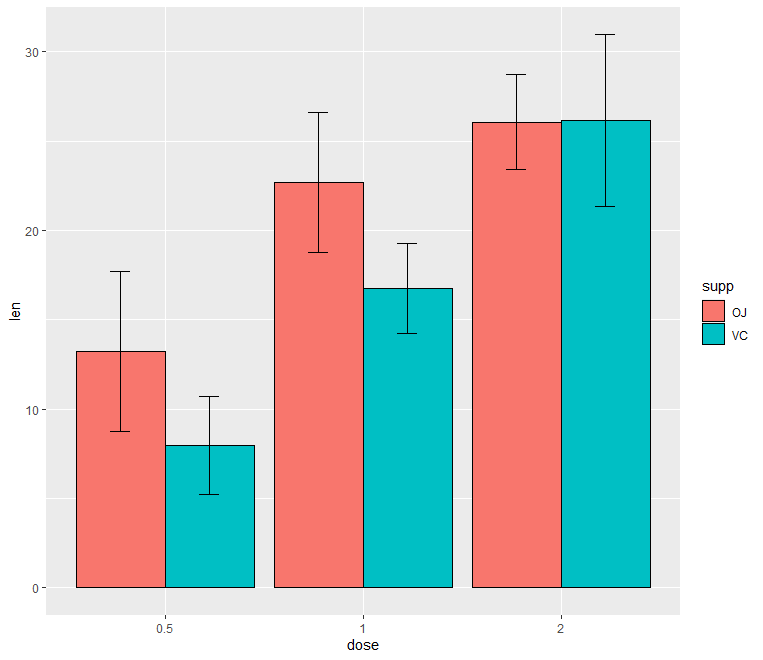How to Calculate Percentiles in R
How to Calculate Percentiles in R, Although percentages and percentiles are different concepts, they are comparable in many ways and occasionally used interchangeably.
A percentile is the percentage of data points in a data collection that are below a given point, whereas a percentage reflects a fraction. Although they are not the same, percentages and percentile values both offer helpful details about a set of data.
Both are employed in various types of order statistics to identify various metrics and calculate probabilities within the distribution of a dataset.
They are most frequently utilized in a continuous variable’s conventional normal distribution, from the lowest data value to the biggest value.
Within a data frame or dataset, a percentile statistic and numerous other probability statistics can be used to account for each data point.
They may assist you in discovering various statistics such as mean, median, z-score, standard deviation, regression, interquartile range, outliers, correlation coefficient, and more.
The percentiles in a typical normal distribution are well-defined, making it simple to identify significant bell curve values like the 80th and 95th percentiles.
Quantiles
A data set’s three quantiles are the numbers whose percentiles correspond to the data set’s quarter points. They are specifically the 25 percent, 50 percent, and 75 percent values in the data set.
These are also referred to as quartiles, and the interquartile range is the region between the 25th and 75th percentiles. This calculation’s methodology is the same as that used to determine the percentile value.
How to Calculate Percentiles in R
How then may percentiles be found in R? Using the quantiles function in R, you may calculate a percentile. It generates the percentage with the percentile value.
x<-c(15,20,22,25,30,34,37,40,45)
quantile(x)
0% 25% 50% 75% 100% 15 22 30 37 45
The 0th percentile, 25th percentile, 50th percentile, 75th percentile, and 100th percentile are produced by this function’s default form.
x<-c(15,20,22,25,30,34,37,40,45)
quantile(x, probs = c(0.125,0.375,0.625,0.875))
12.5% 37.5% 62.5% 87.5% 20 25 34 40
The probs (probability) option, which enables you to set various percentages, is present here.
Applications.
Finding a percentile in R has a variety of uses. Here is a good illustration of a large dataset with 7,980 data points.
how to use treering data to find percentiles in R
quantile(treering)
0% 25% 50% 75% 100% 0.000 0.837 1.034 1.197 1.908
The quantiles, as well as the minimum and maximum values, are shown below. It demonstrates that these tree rings have a tendency to be clustered in the middle, for example.
When the range is 1.908 and the IQR is 0.36, just around 19% of the range of the data set is covered by the IQR.
You can learn a lot about a percentage by identifying the numbers in a data set that correspond to it. It can inform you of how skewed and concentrated the values are. It serves as an illustration of the data science tool R.
QQ-plots in R: Quantile-Quantile Plots-Quick Start Guide »





